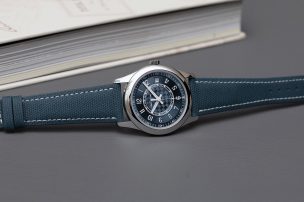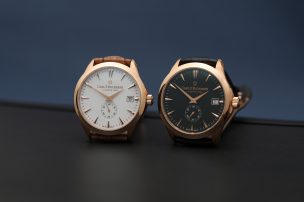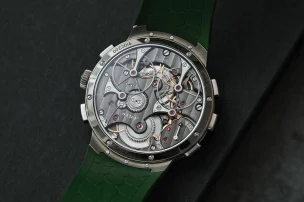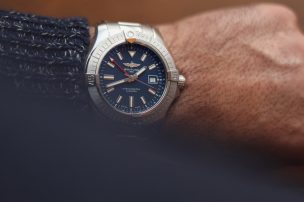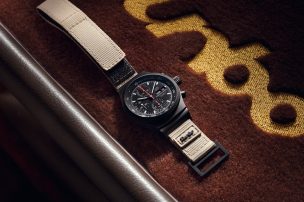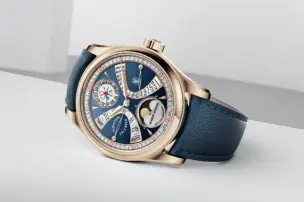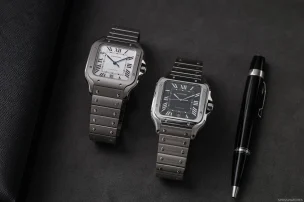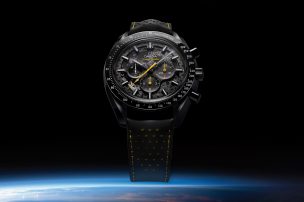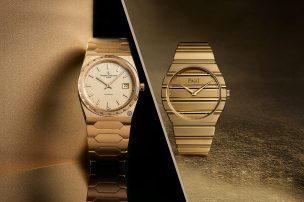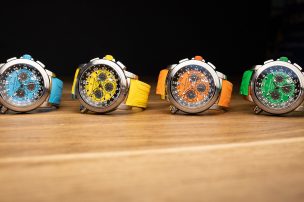
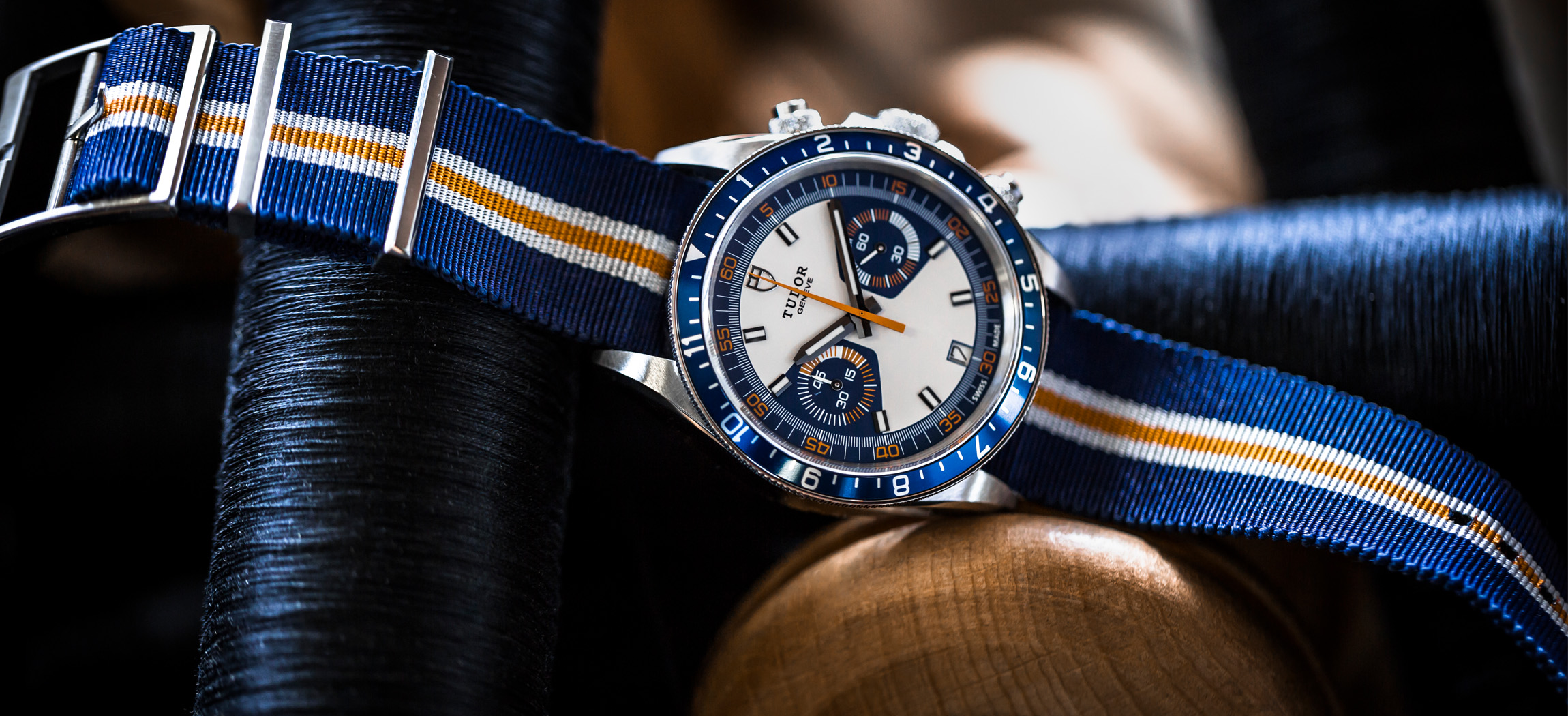
Delving Into The History Of TUDOR Chronographs
Before getting to TUDOR chronographs, let us start at the very beginning of the history of TUDOR. Almost 100 years ago, Rolex founder Hans Wilsdorf decided to pursue a new enterprise. As many watch aficionados will be able to quote, he determined to create a watch ‘at a more modest price’ than its Rolex siblings, while being able to ‘attain the standard of dependability for which Rolex is famous’. It was this that led to TUDOR watch company being born in 1926. Initially registered under a watch dealer named ‘Veuve de Philippe Hüther’, the brand was transferred to Wilsdorf in 1936. By 1946, it had been officially launched as a company specialising in models for men and women alike.
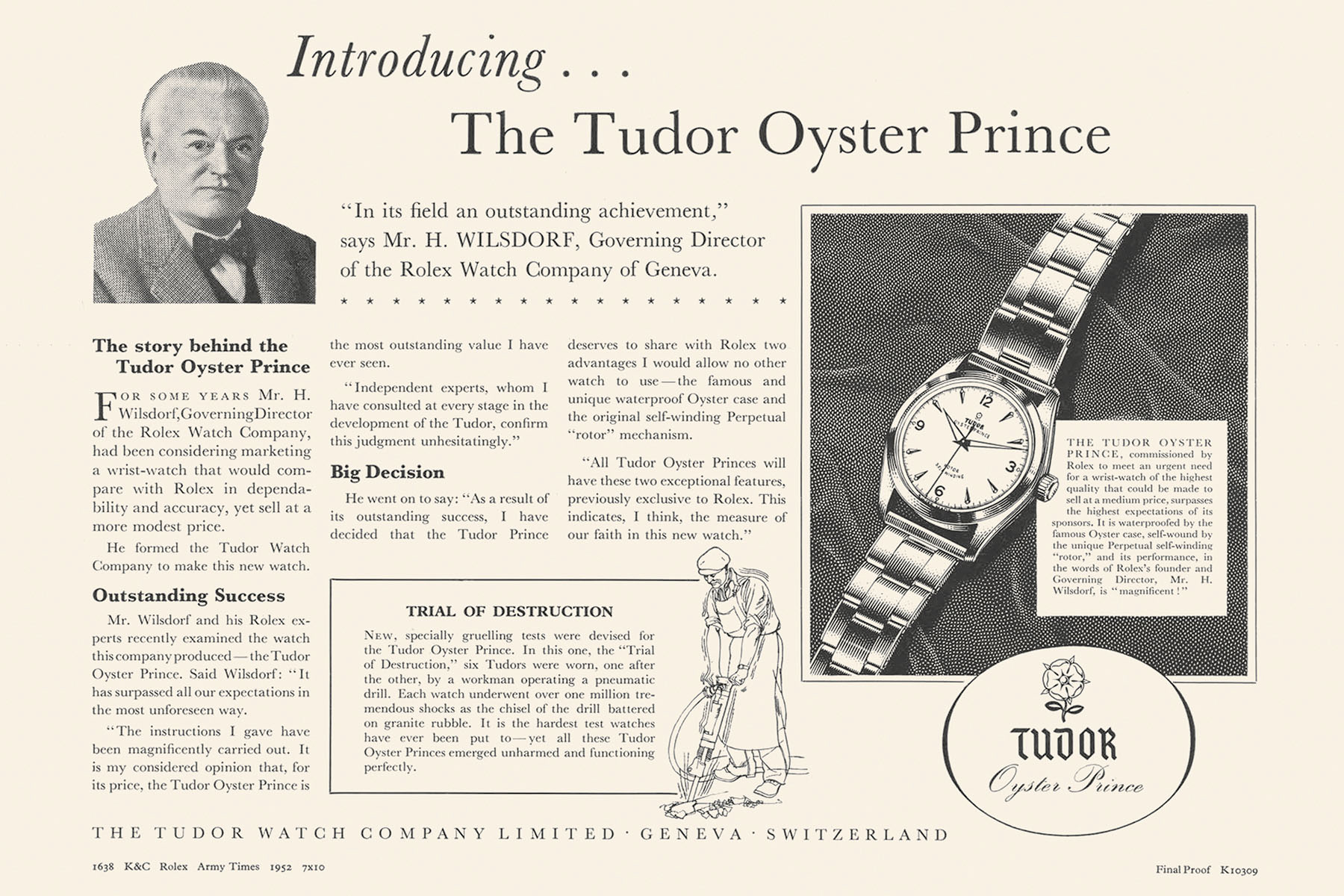
Hans Wilsdorf – TUDOR Oyster Prince Advertising in 1952
Of course, every kind of watch is valued by its precision. However, a certain type of timepiece particularly needs to be extremely accurate and able to provide the ‘dependability’ that Wilsdorf had spoken of many years ago.
This is where chronographs come into play. Chronograph wristwatches have been providing us with a highly practical and intricate timing device ever since the 1910s, when commercial production first began.
Another milestone was achieved in 1969 with Zenith‘s El Primero, the world’s first automatic chronograph movement. Close behind was Heuer (later to become TAG Heuer) and Breitling‘s joint venture, the Calibre 11. TUDOR also responded to this growing interest in sports chronographs. In fact, it has now been contributing to the field of chronographs for 50 years and has numerous significant references to its name.
1970 – TUDOR enters the chronograph game
It was in the following year, 1970, that Rolex’s sibling TUDOR made its debut with its chronograph series the ‘Oysterdate’. Appearing in three variations (including the Ref.7033 prototype) with defining, varying bezels, powering the legendary 39 mm sports watches was the mechanical manual-winding Valjoux 7734. From luminous orange details on the dials to quirky pentagonal hour markers, the conspicuous Oysterdate 7000 series (Ref.7031, Ref.7032, Ref 7033) brought something new to the watch game.

Equipped with a hardy water-resistant steel case with screw-down crowns and unusual 45-minute subdial counter, the series’ design offered active men an adventurous timepiece long before the company’s #BornToDare campaign came into being.
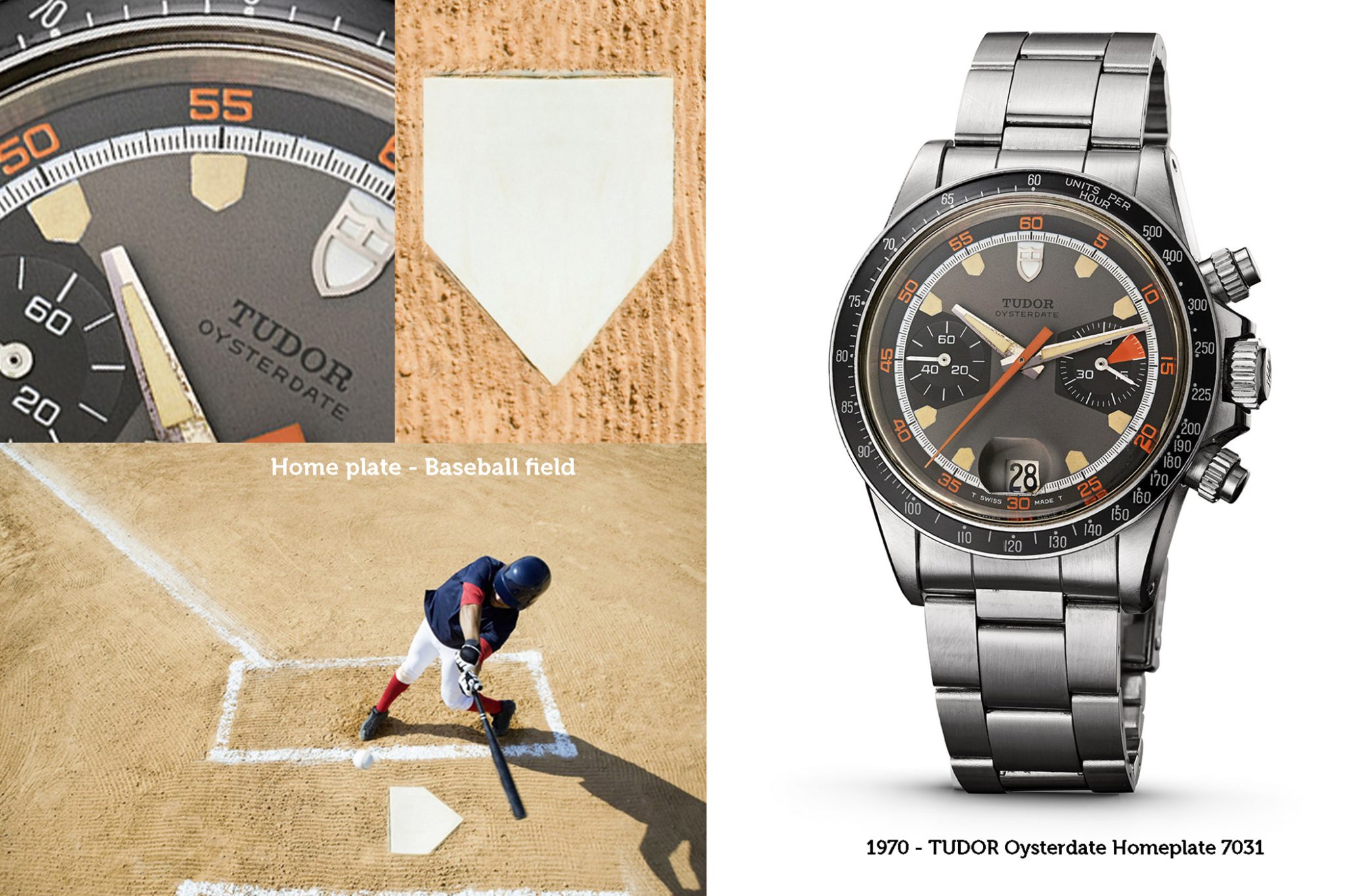
1971 – The Montecarlo
There’s no doubt that TUDOR’s first chronograph creation was a success. It took only a year for the horology house to produce its 1971 series (aptly named Series 7100). Featuring novel blue elements which would become signature to TUDOR (principally Ref.7149), and subdials reminiscent of a roulette wheel, the new chronograph series’ fans soon dubbed it the ‘Montecarlo’.
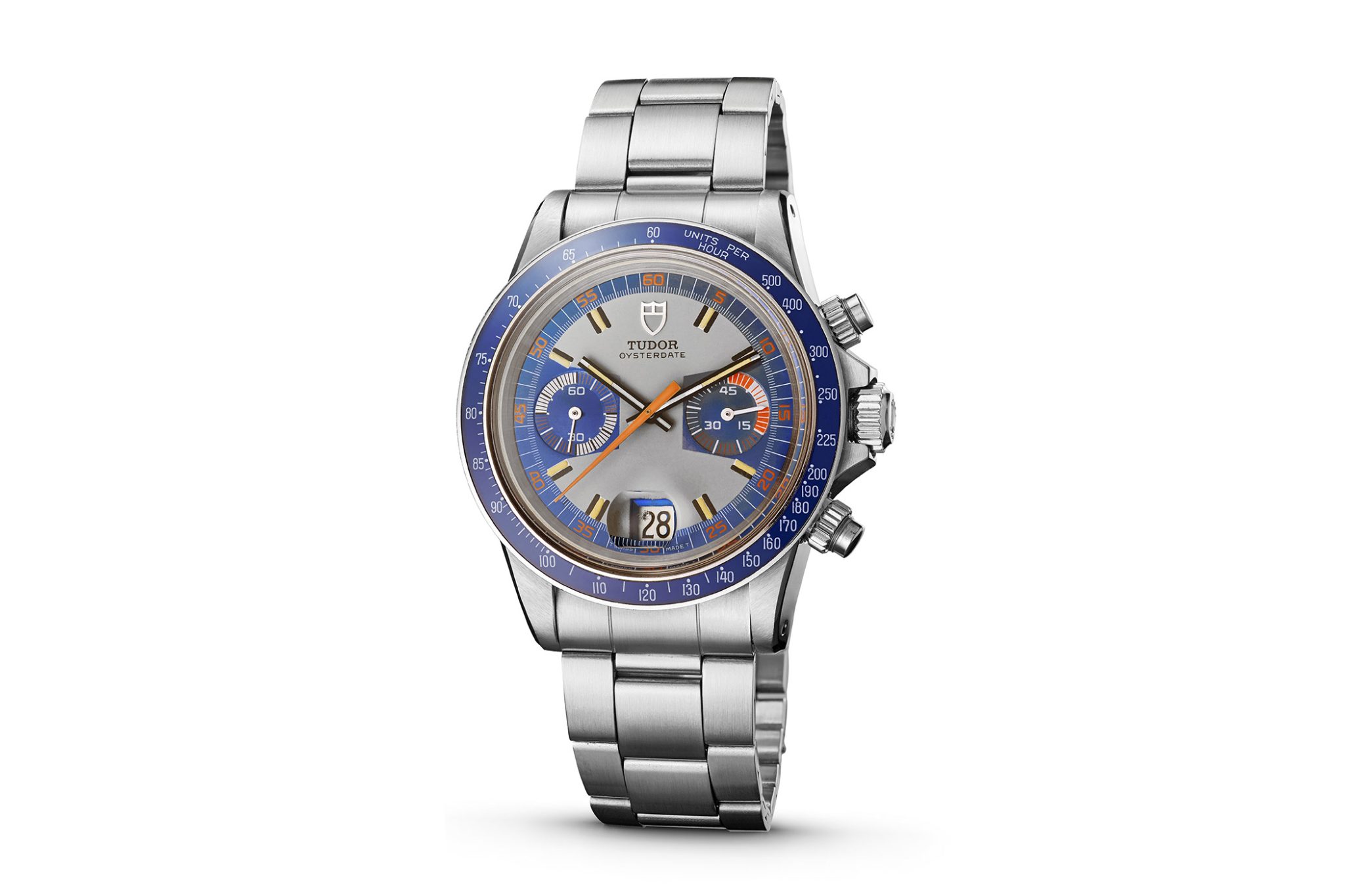
TUDOR Oysterdate ‘Monte-Carlo’ Ref. 7149 from 1971
The refined, colourful new models were inspired by the Series 7000 prototype (Ref.7033), giving the model’s integration of a rotatable bezel its long-awaited recognition.
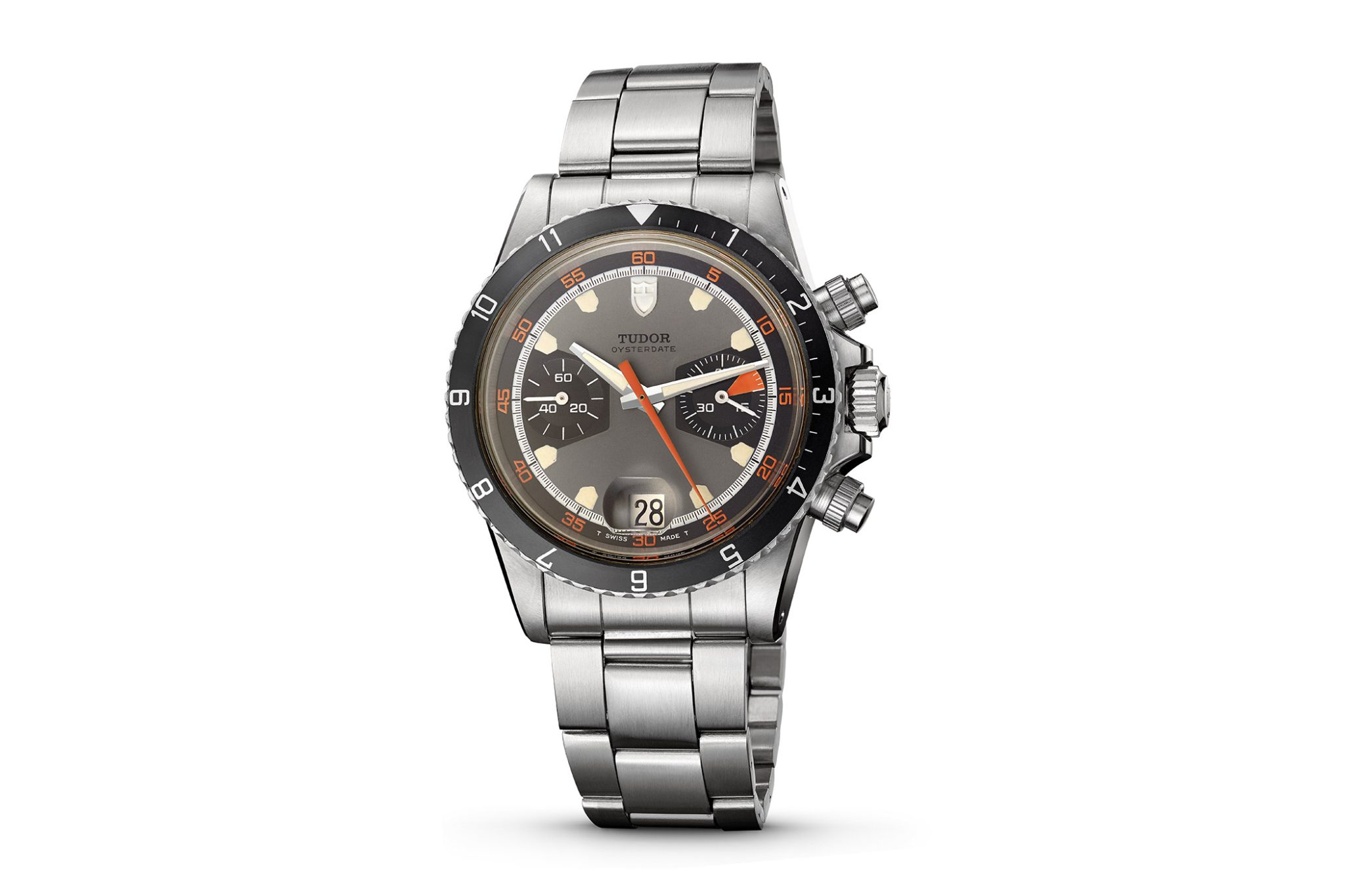
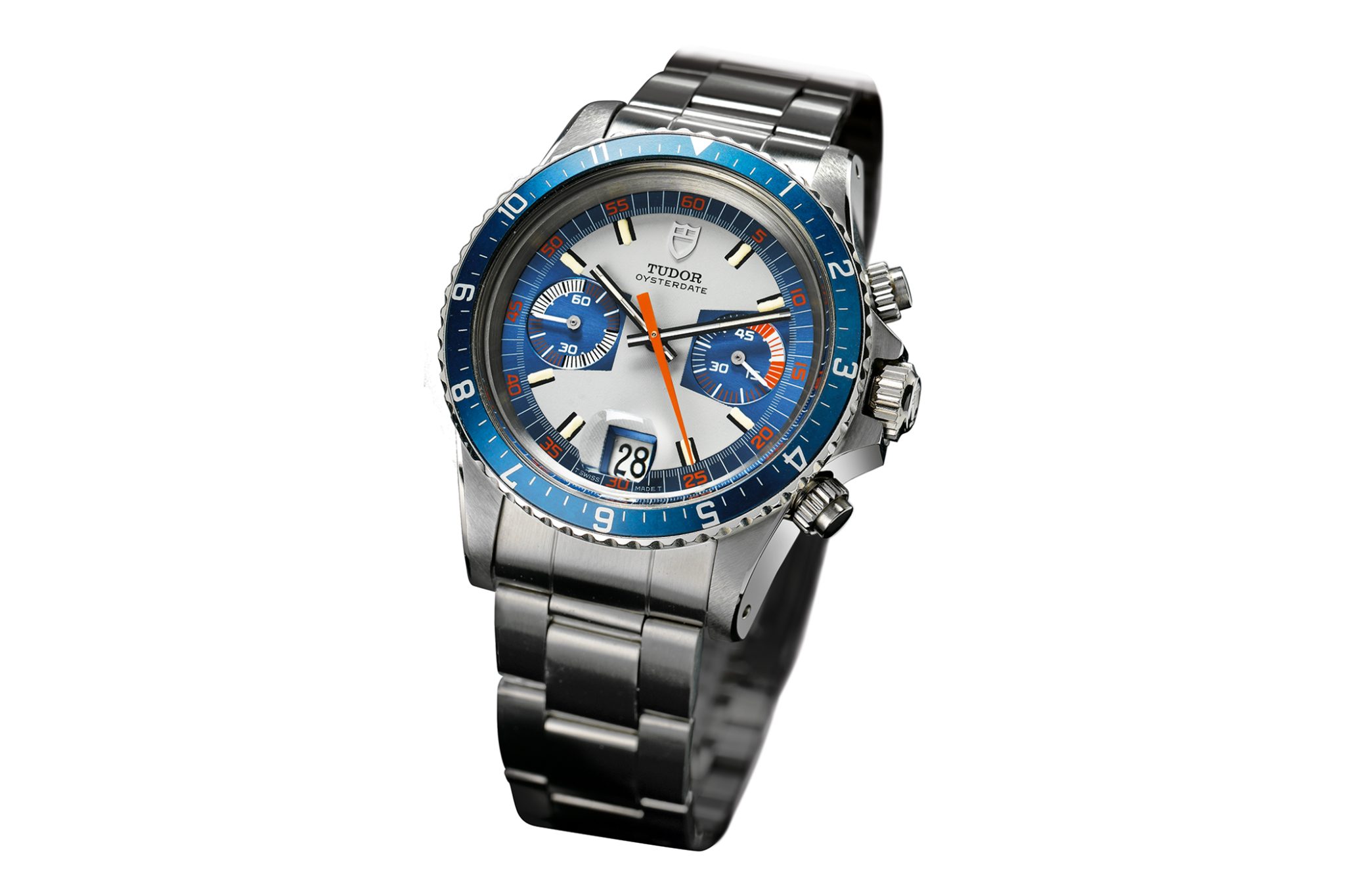
Ref. 7033 (from 1970) (left)
Ref. 7169/0 (from 1971) (right)
However, a fundamental difference between the two closely related series was its movement. The 7100 watches were driven by manually wound Valjoux Calibre 234. Thanks to its higher frequency, the movement was significantly more accurate than its predecessor, not least because of its advanced chronograph mechanism with a clutch and column wheel.
1976 – The ‘Big Block’: integration of an automatic movement
Deep into the days of rising inflation and the quartz crisis hanging over the Swiss watch industry in the 70s and 80s, TUDOR continued to persevere. The company launched its third group of chronograph watches, the 9400 Series, in 1976.
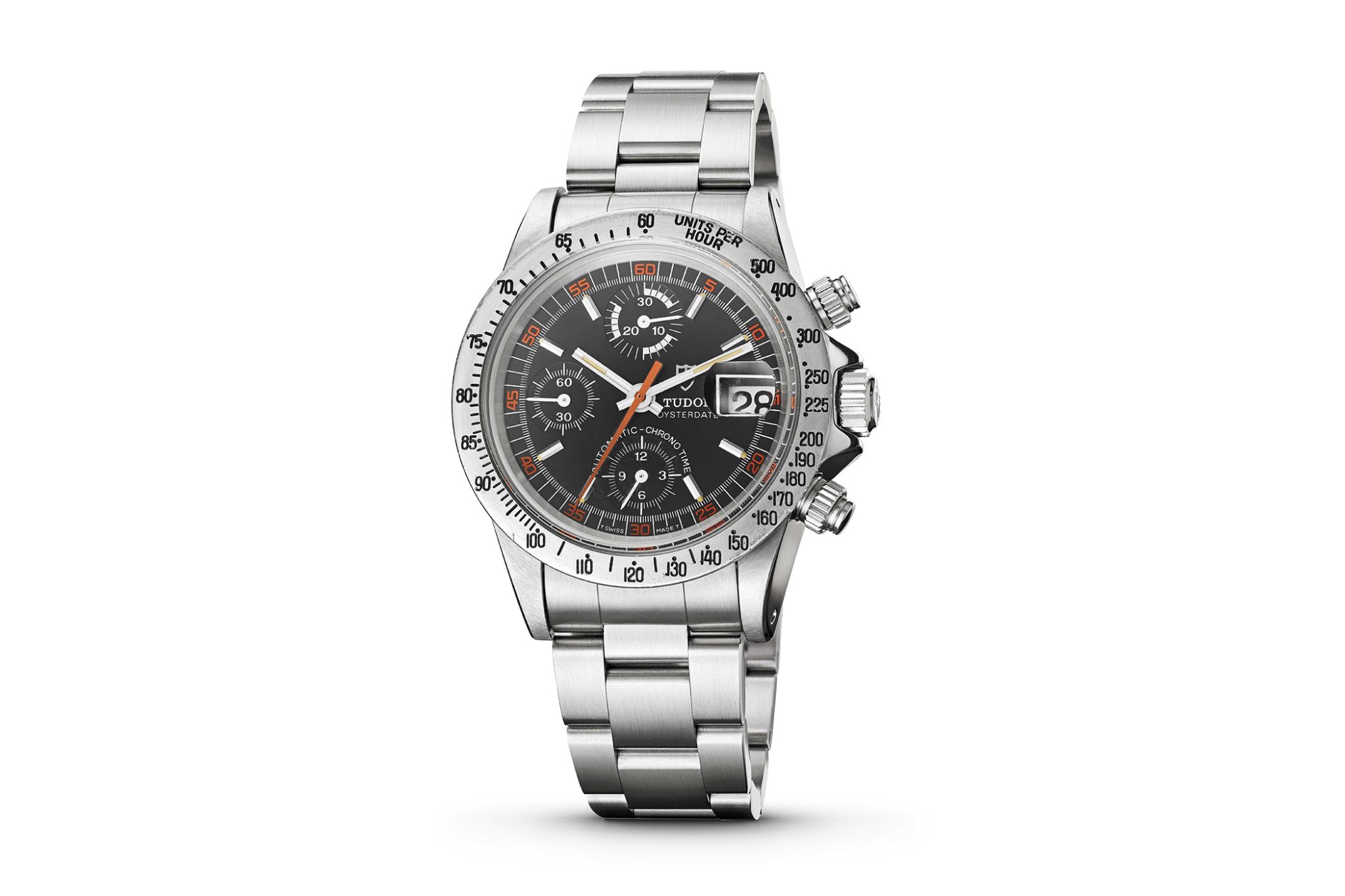
TUDOR Prince Oysterdate ‘Big Block Exotic’ 9430/0 from 1976
The three revolutionary Prince Oysterdate references had a major difference to their predecessors. Their introduction marked the first time that TUDOR used an automatic chronograph movement – the Valjoux calibre 7750. The calibre measured 1.5 mm thicker than the Valjoux Calibre 234 and was revered for its accuracy. It was a brave move to introduce it at the peak of the quartz crisis. Due to the thicker calibre, the watches were housed in a somewhat chunkier steel case. This resulted in collectors naming the models, with their differing bezels and dials (now also featuring an hour counter subdial) the ‘Big Block’ series.
The three new references were: Ref. 9420, Ref. 9421, and Ref. 9430. The key distinguishing factors for the references were their bezels. The Ref. 9421 featured a ‘bakelite’ tachymetre – bakelite being the first plastic to be made from synthetic components. Secondly, the Ref. 9421 boasted a 12-hour bi-directional bezel. Lastly and perhaps most the recognisable of the three, the Ref. 9430 had a sturdy steel bezel.
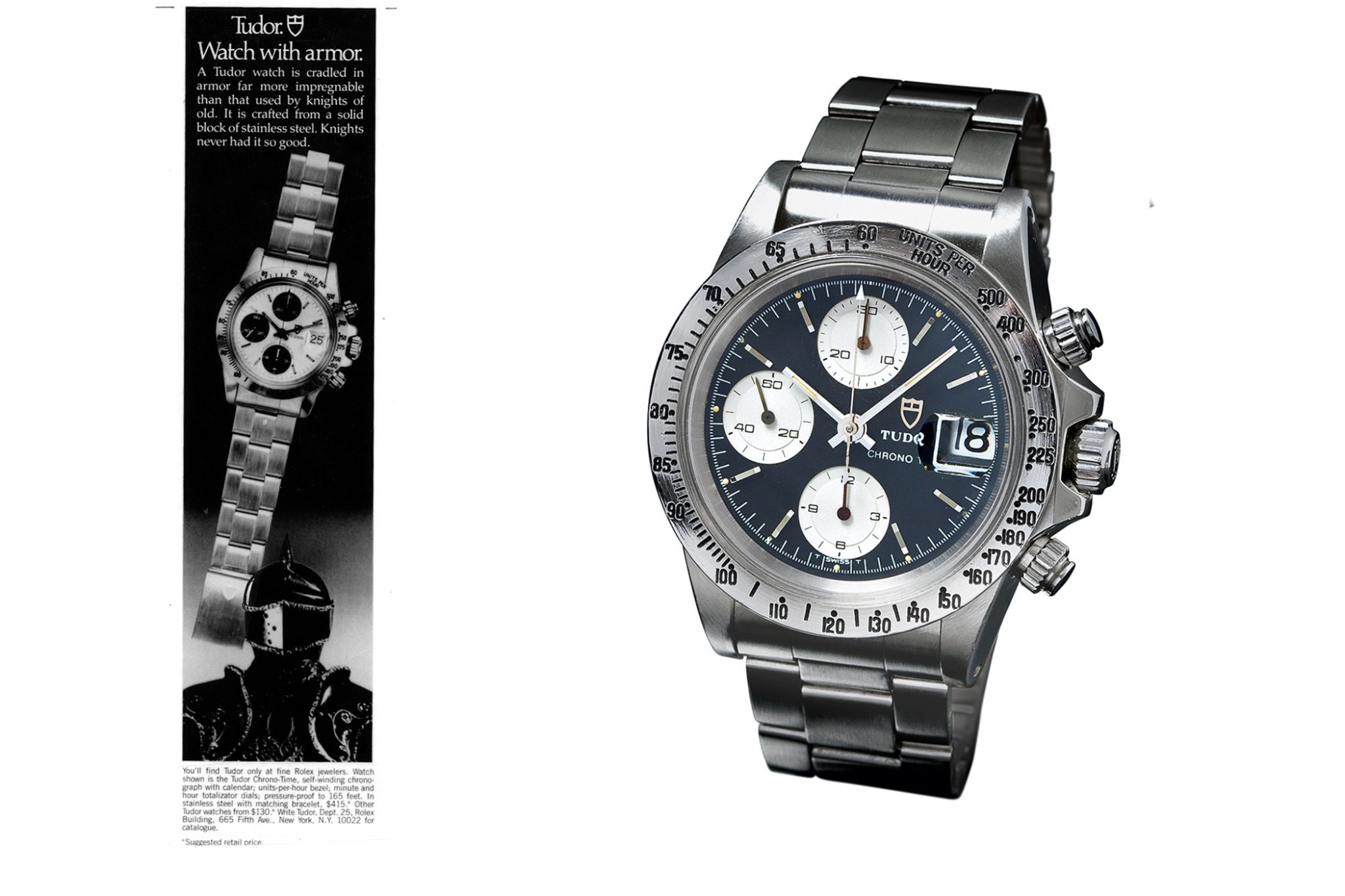
TUDOR Advertising in 1980 and Prince Oysterdate ‘Big Block’ from 1976
Change of aesthetics
By this point, the colourful characteristics of TUDOR’s earlier chronographs had been replaced with a smart black, grey and white colour scheme; a wise decision given the extra addition of an hour counter, that led to the entire subdial design shifting to the left. Accordingly, the date window moved to 3 o’clock. TUDOR toyed with adding special features, and some issues of the watches were equipped with the likes of blue plexiglas bezels first seen in the 1970s, lacquered indices, plus blue and orange details in a nod to the Montecarlo models.
Bright detailing on versions of the 9430/0 led to a new nickname for such timepieces; the ‘Big Block Exotic’. Sometimes, another attention-grabbing feature was the recognisable ‘Square Guards’ crown protector that first appeared on a Submariner (Ref.7928) back in 1959. These became known as ‘Big Block Exotic Square Guards’ (9420/0).
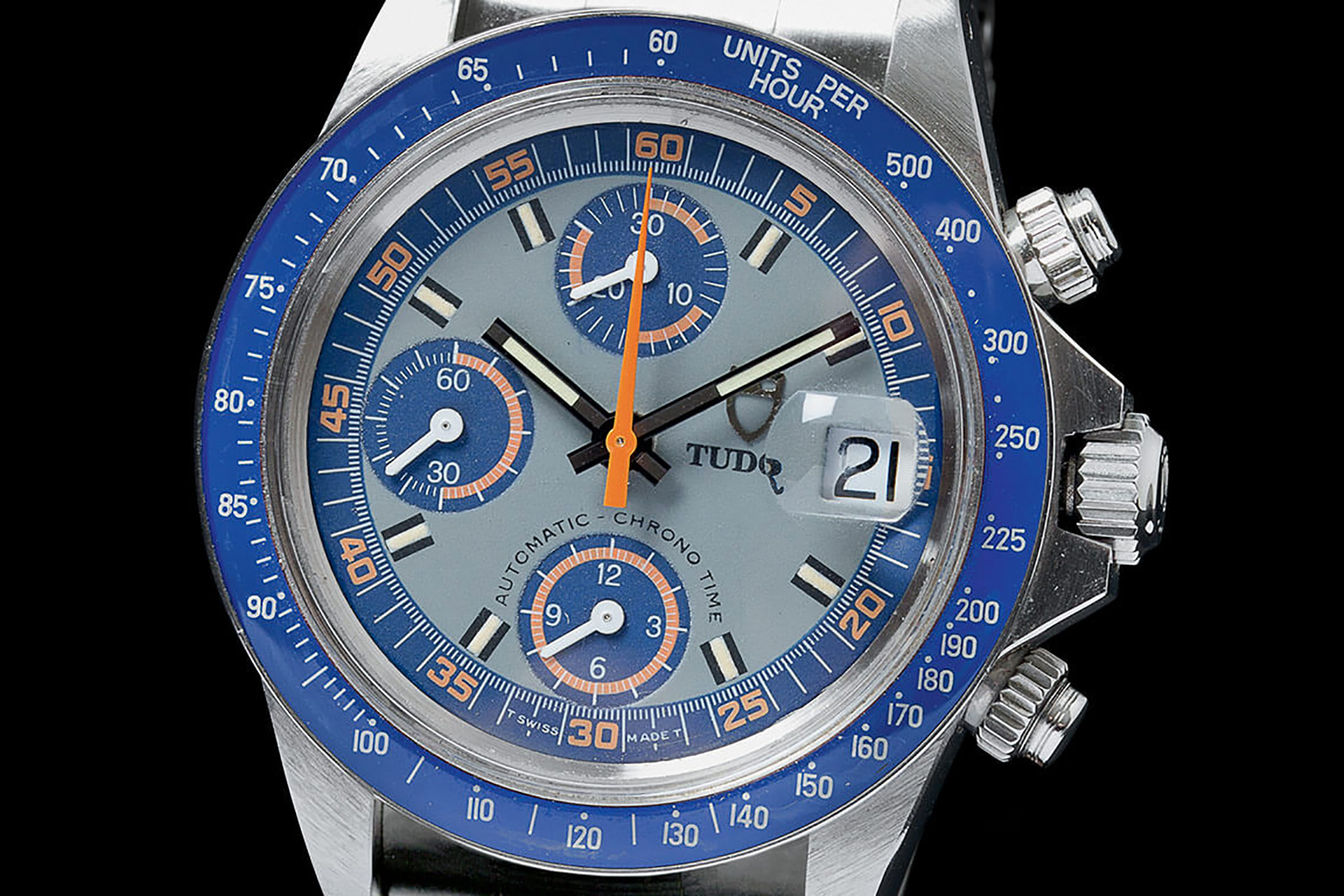
TUDOR Prince Oysterdate ‘Big Block Exotic Square Guards’ 9420/0 from 1985
1989 – Few developments for the ‘Big Block’
While the Western world underwent vast changes in 1989 against a wave of revolutions in the Eastern Bloc and the fall of the Wall in Germany, it seems relatively few developments were made by TUDOR’s chronograph horologists. While a fourth generation (79100 series) of TUDOR chronographs were produced, there was little to differentiate them from the popular 9400 series. Housed in the same case as the ‘Big Block’, they maintained their predecessor’s nickname. One of these very slightly updated watches was the Ref. 79170. A descendant of the ‘bakelite’ tachymetre Ref. 9421, the watch no longer stated ‘ROLEX’ on its bracelet’s clasp, but rather now bore the word ‘TUDOR’.
The watches remained powered by the ever-popular Valjoux calibre 7750. Unlike other chronograph movements that use a column wheel, the movement uses the three-plane cam system. This consists of a mainplate, calendar plate, and chronograph top plate. Levers work to drive the mechanism. The movement has been used extensively across the Swiss watch industry, from IWC Schaffhausen and OMEGA to Panerai and Hublot.

TUDOR Prince Oysterdate ‘Big Block’ 79160 from 1989
The chronograph watches were once again distinguishable thanks to their differing bezels and TUDOR aficionados could enjoy the several dial options that included the ‘panda’ dial (first made popular in the 60s by the likes of Zenith’s El Primero).
1995 – The Prince Oysterdate ‘Sapphire’ watches emerge
Just over half a decade later, TUDOR thankfully emerged with its rather different fifth generation of three chronograph watches, the 79200 series – better known as the Prince Oysterdate ‘Sapphire’ due to the use of sapphire crystal in the place of Plexiglas.
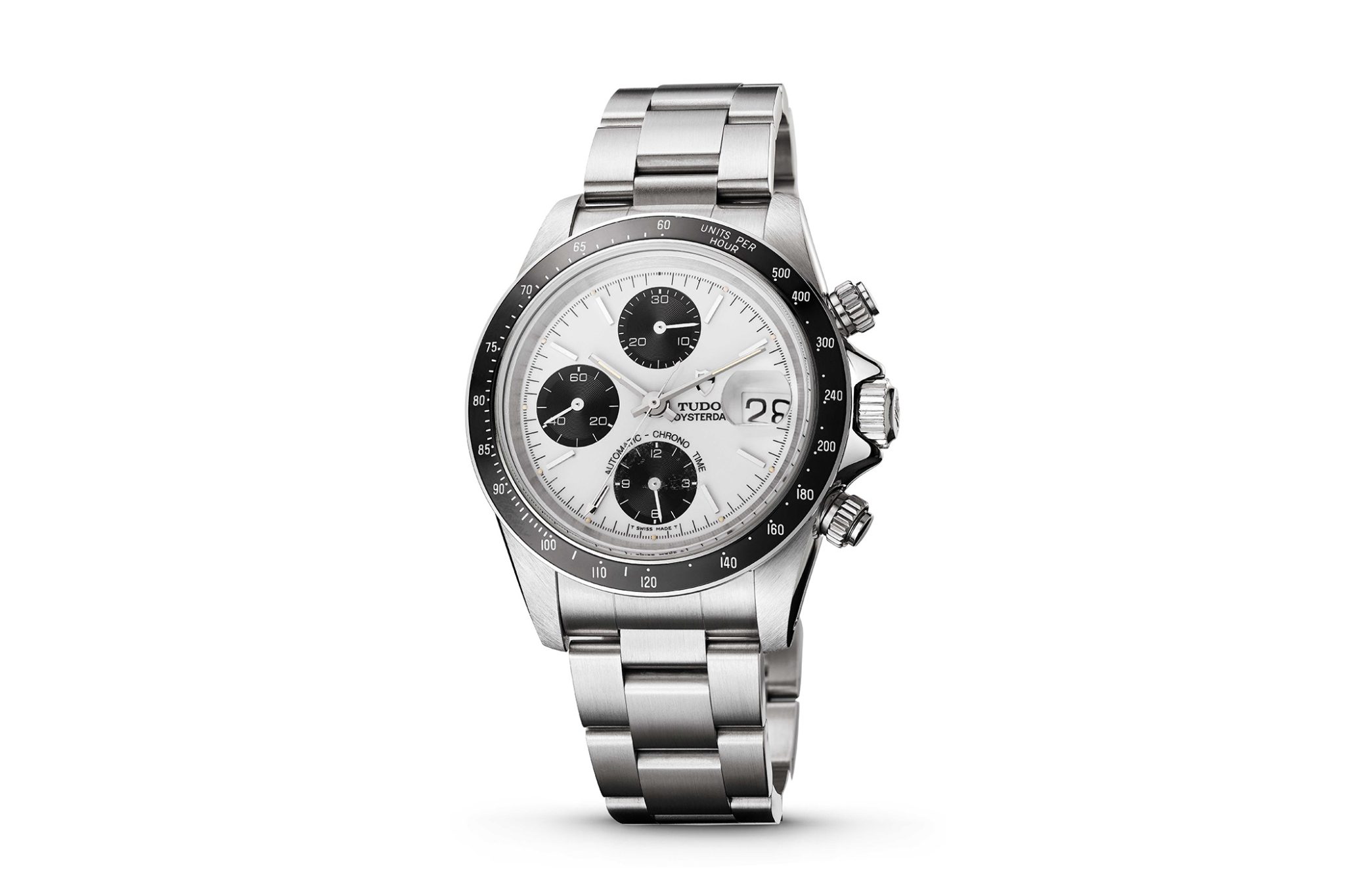
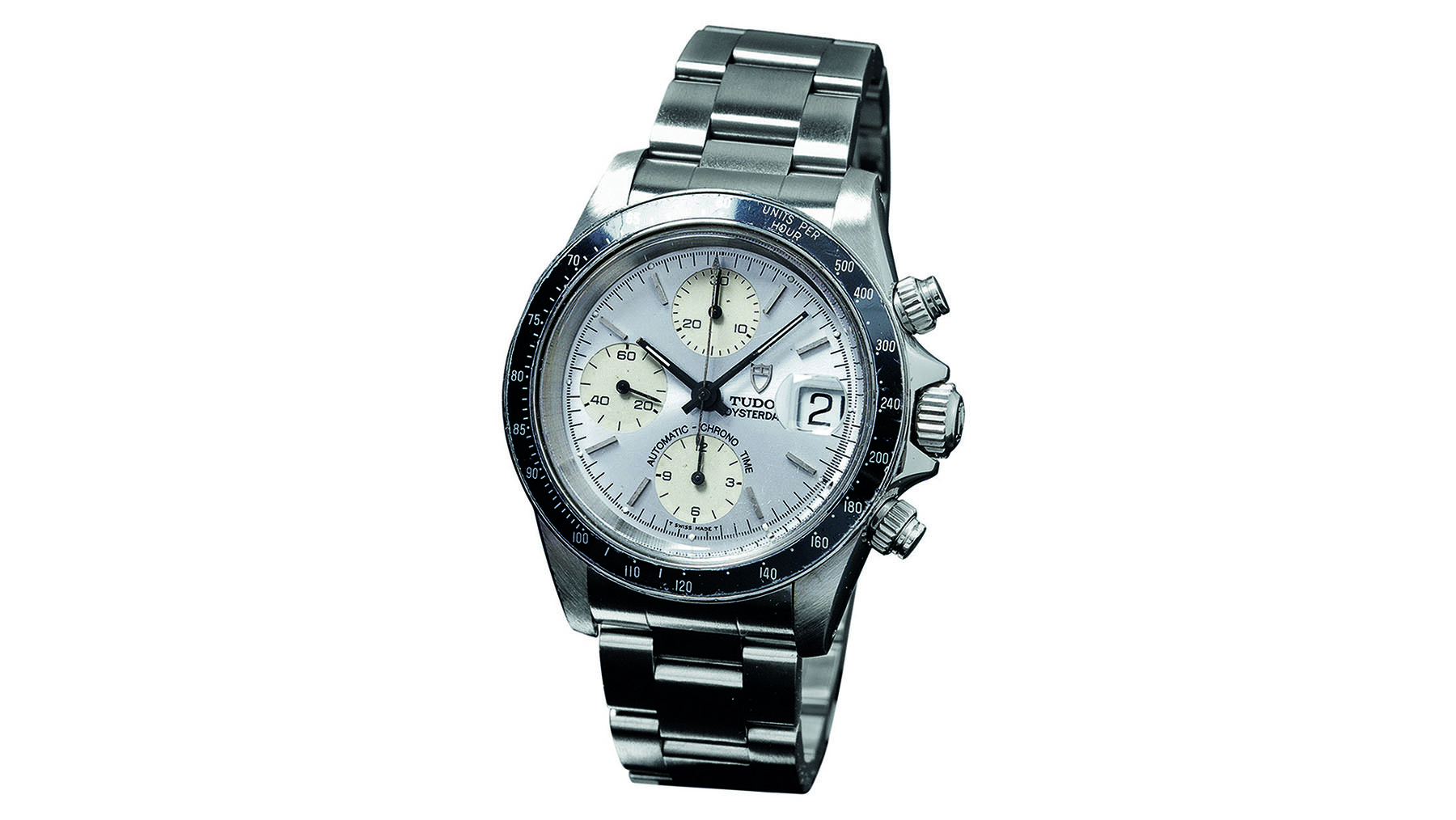
Ref. 79260 from 1995 (left)
Ref. 79260 from 1996 (right)
Debuted in 1995 and housed in a redesigned, more rounded case, the timepieces offered a somewhat more sophisticated look and feel. The previously Plexiglas bezel was also replaced in favour of black anodized aluminium insert, creating a harder surface and helpfully preventing corrosion. Inside the case ticked the Valjoux 7750, which had undergone a number of updates since 1976.

TUDOR Advertising with ‘Prince Date’ Sapphire 79260 from 2000
Additionally, bicolour models (steel and gold) and leather straps became available, arguably showing a departure from TUDOR chronographs’ more sporty roots.
1999 – 2009: adventurous new designs
The story of the 7900 series did not end there. The horology house later brought out the Tiger TUDOR Prince Date chronographs. These days, they might seem pretty obscure. The watches were introduced in collaboration with golfer Tiger Woods, following his success at the 1997 Masters.
One model was the Ref. 79280. Resembling the ‘Big Block’ model, it had a sizeable stainless-steel bezel with an engraved tachymetre scale to match the case. The main recognisable feature, as with all of the series’ editions, was the word ‘TIGER’ on the upper part of the dial. Some versions had particularly intriguing and unique dials. One quirky 40 mm version of the Ref. 79280, for example, exhibited a deep red guilloché dial. Many, however, had a silver, white or black dial and subdials. Occasionally, blue dial versions were also created. As seen in its recent predecessors, the Tiger TUDOR Prince Date chronographs showcased three subdials in a panda design at 12 o’clock, 6 o’clock and 9 o’clock.
2010 – Back to the past: The Heritage Chrono
By 2010, gentlemen and sportsmen alike had been donning TUDOR’s chronographs for 40 years. In celebration of this, TUDOR released the Heritage Chrono (Ref. 70330N), inspired by the now legendary Ref.7033 prototype created back in 1970.
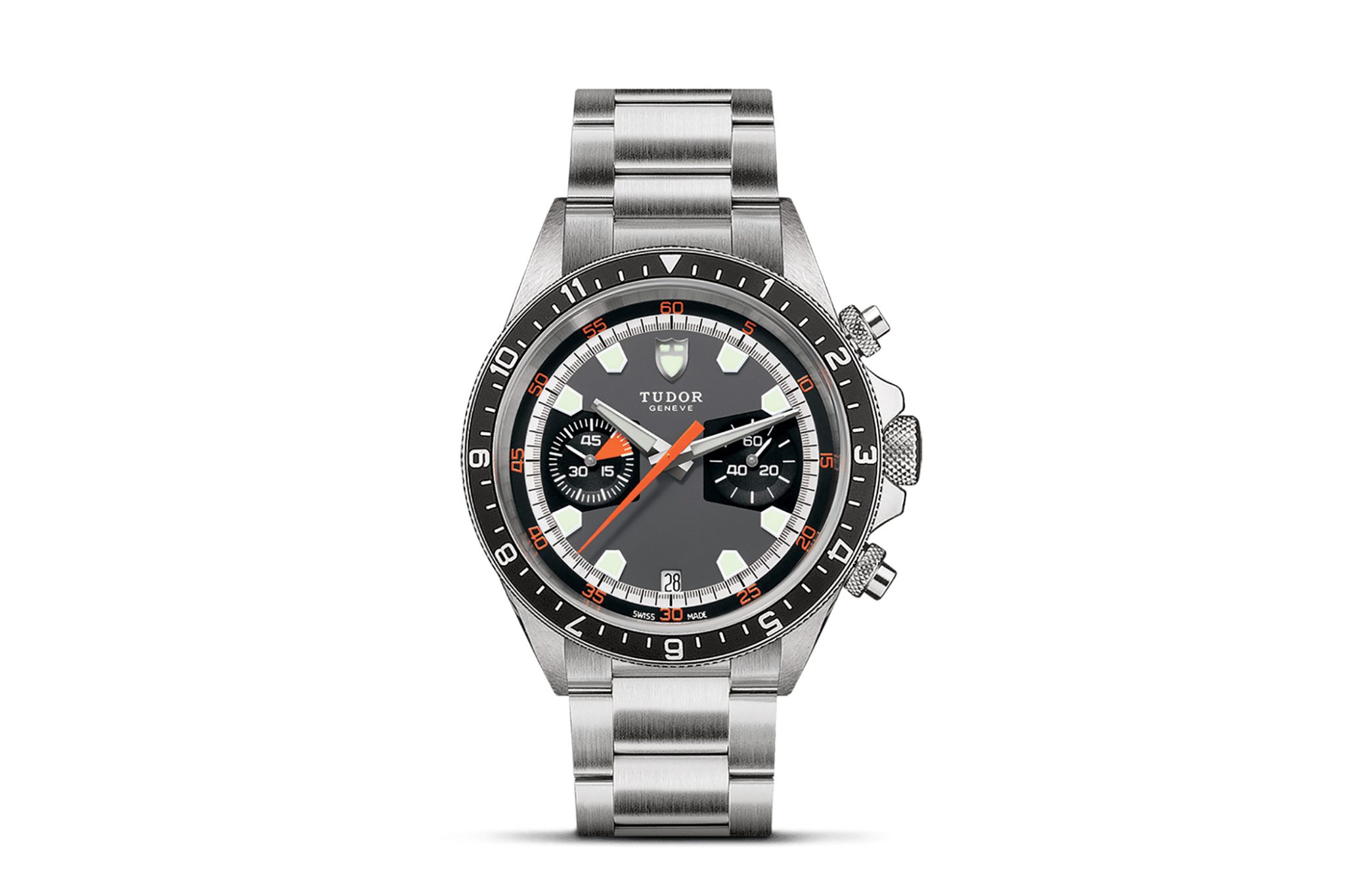
TUDOR Heritage Chrono M70330N-0001
Similarly to the El Primero A384 Revival launched last year, TUDOR in many ways stayed close to the original Ref.7033 model, maintaining the rotatable 12-hour bezel, 45-minute subdial counter, orange details, as well as the polished protective shoulder of the winding crown and the knurling on the rotating bezel and pushers.
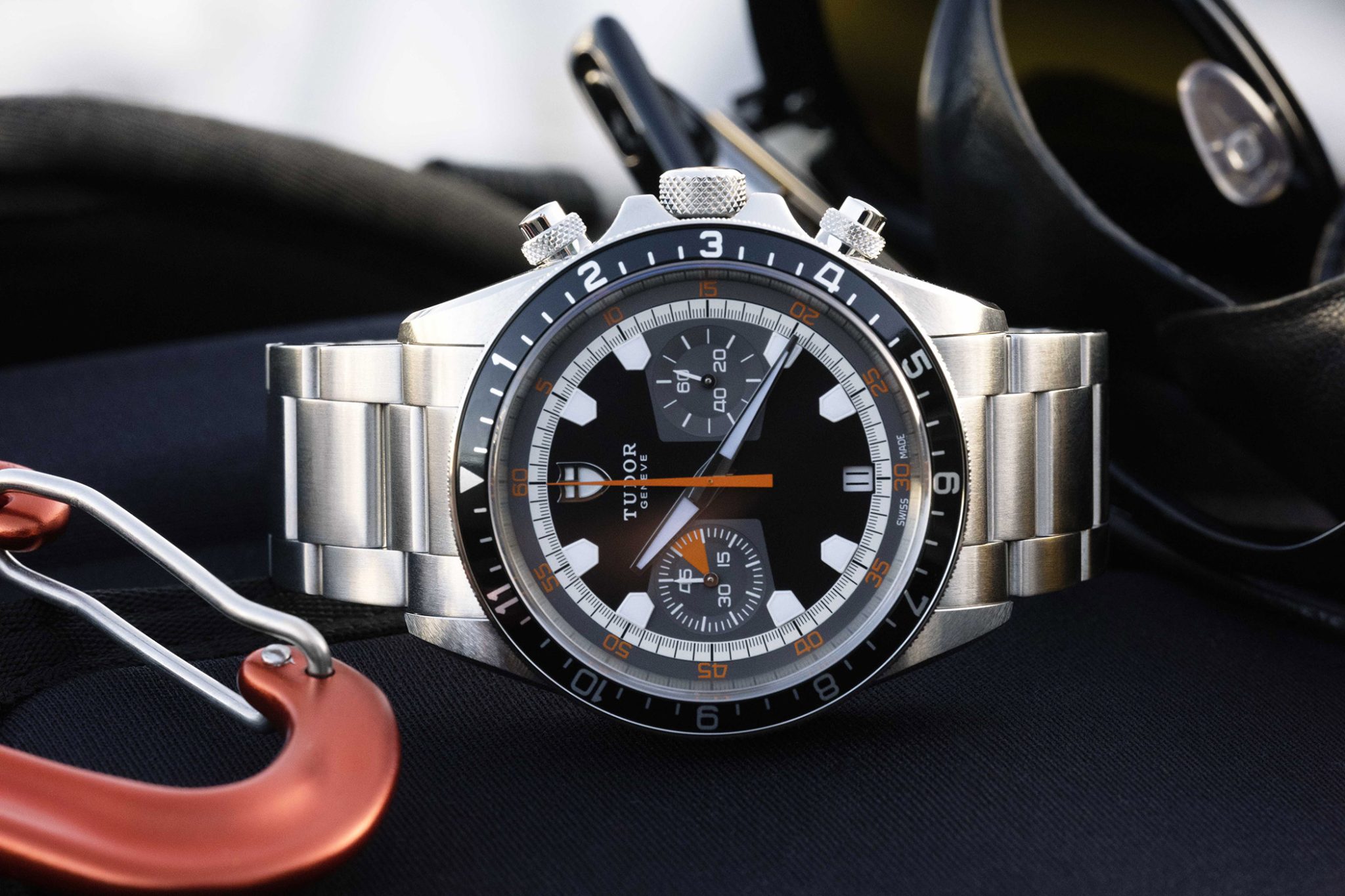
TUDOR Heritage Chrono M70330N-0005
Offered initially in crowd-pleasing grey or black versions, TUDOR introduced the TUDOR Heritage Chrono Blue three years later in 2013, integrating a blue bezel and blue-accented dial in a nod to the 1971 Montecarlo watches.
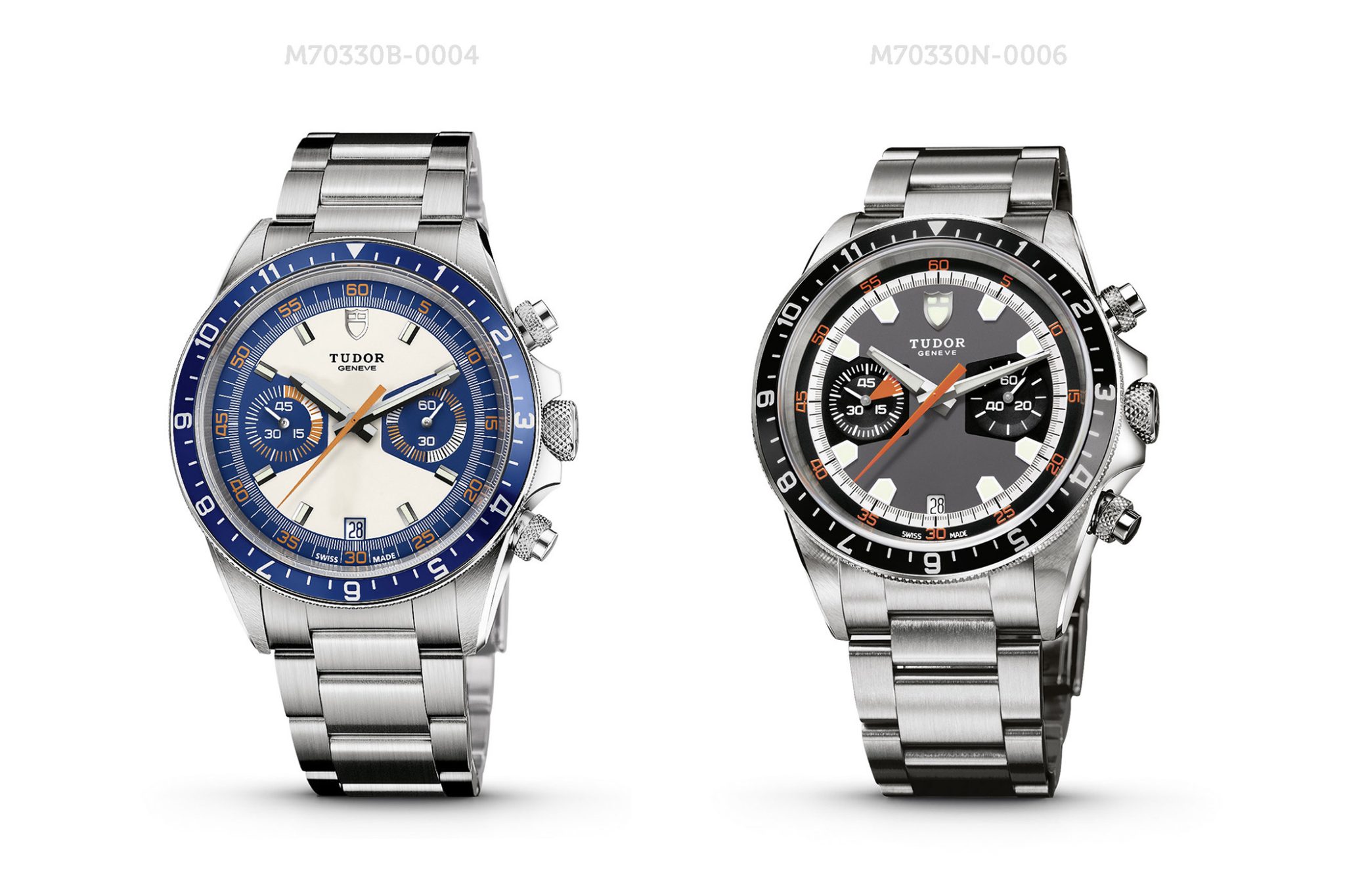
TUDOR Heritage Chrono – Opaline/Blue M70330B-0004 and Grey/Black M70330N-0006
At that year’s Grand Prix d’Horlogerie de Genève, the Heritage Black Bay won the ‘Revival’ prize, concreting the collection’s already high status and boosting the prestige of its chronographs.
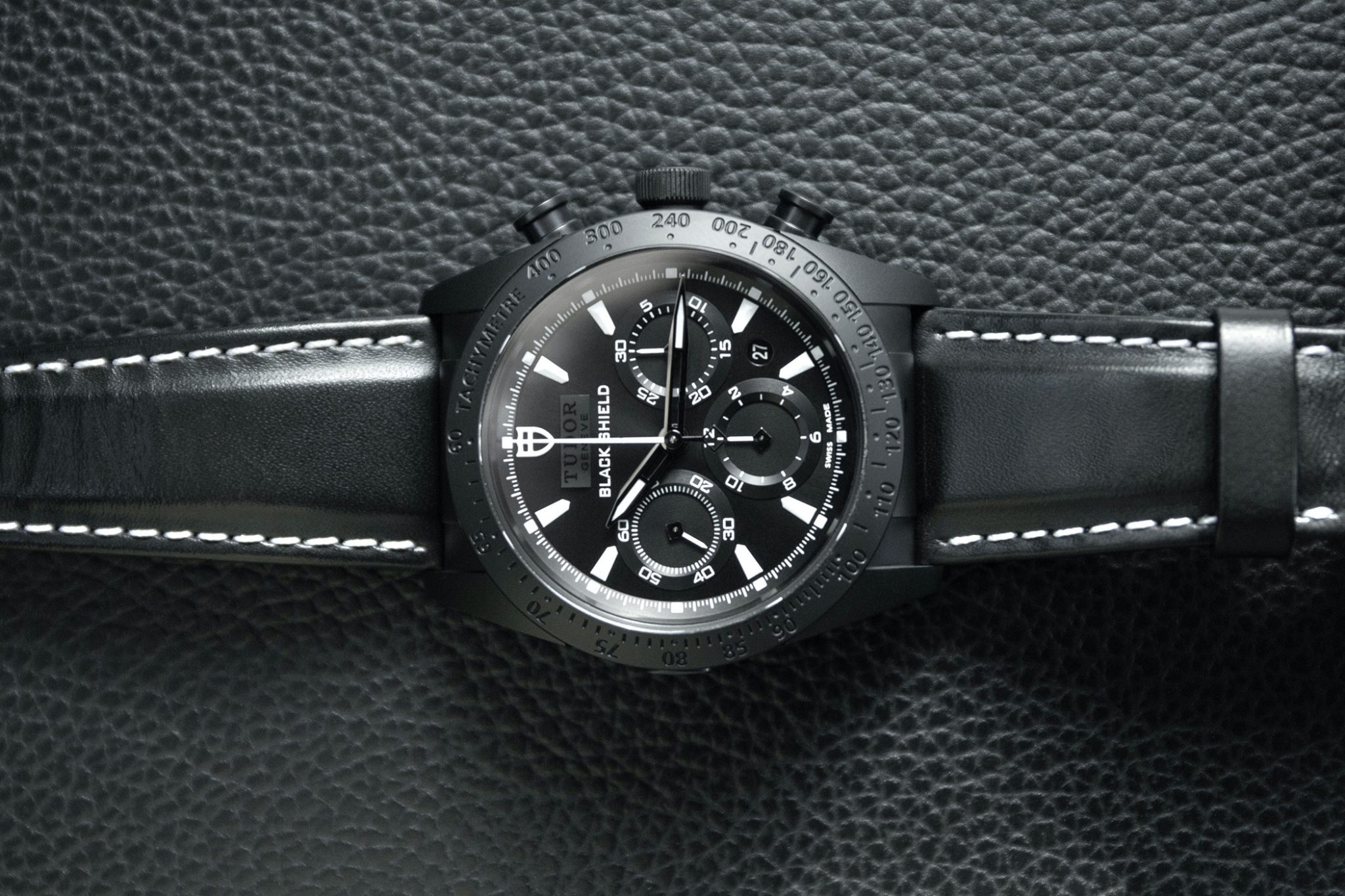
TUDOR Fastrider Black Shield Chronograph 42000CN
That same year, the horology house went on to produce an entirely different, notably sporty chronograph model; the Fastrider Black Shield, housed in a chic matt black monobloc ceramic case and powered by the automatic ETA 7753 movement, equipped with a rapid date corrector.
2017 – The first Black Bay Chronograph
In 2017, TUDOR sent Heritage Black Bay fans into a frenzy with the launch of an ‘affordable’ TUDOR watch with an integrated column-wheel chronograph. What’s more, the Ref. 79350 cost less than 5,000 euros (depending on the choice of a bracelet or strap).
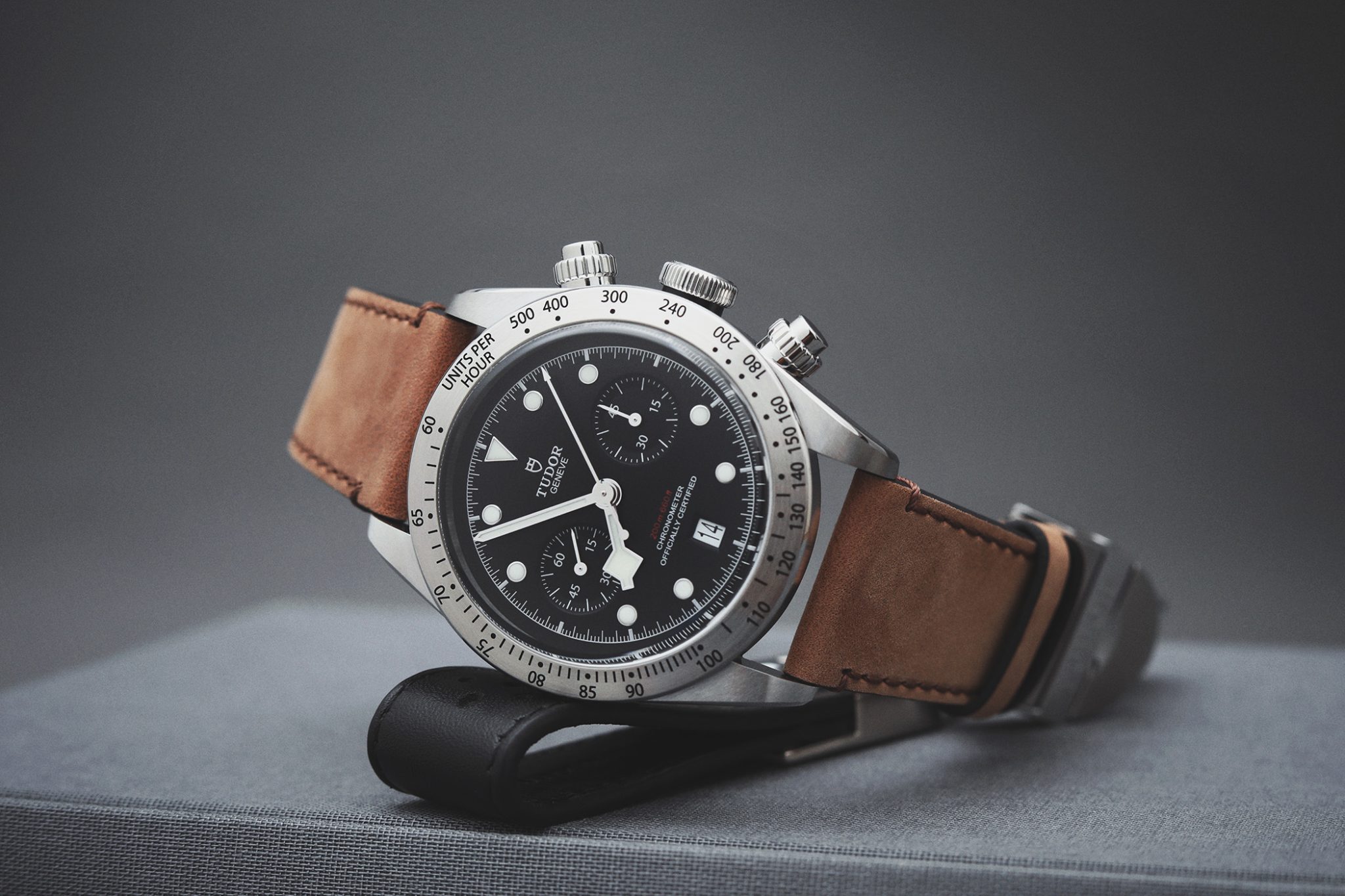
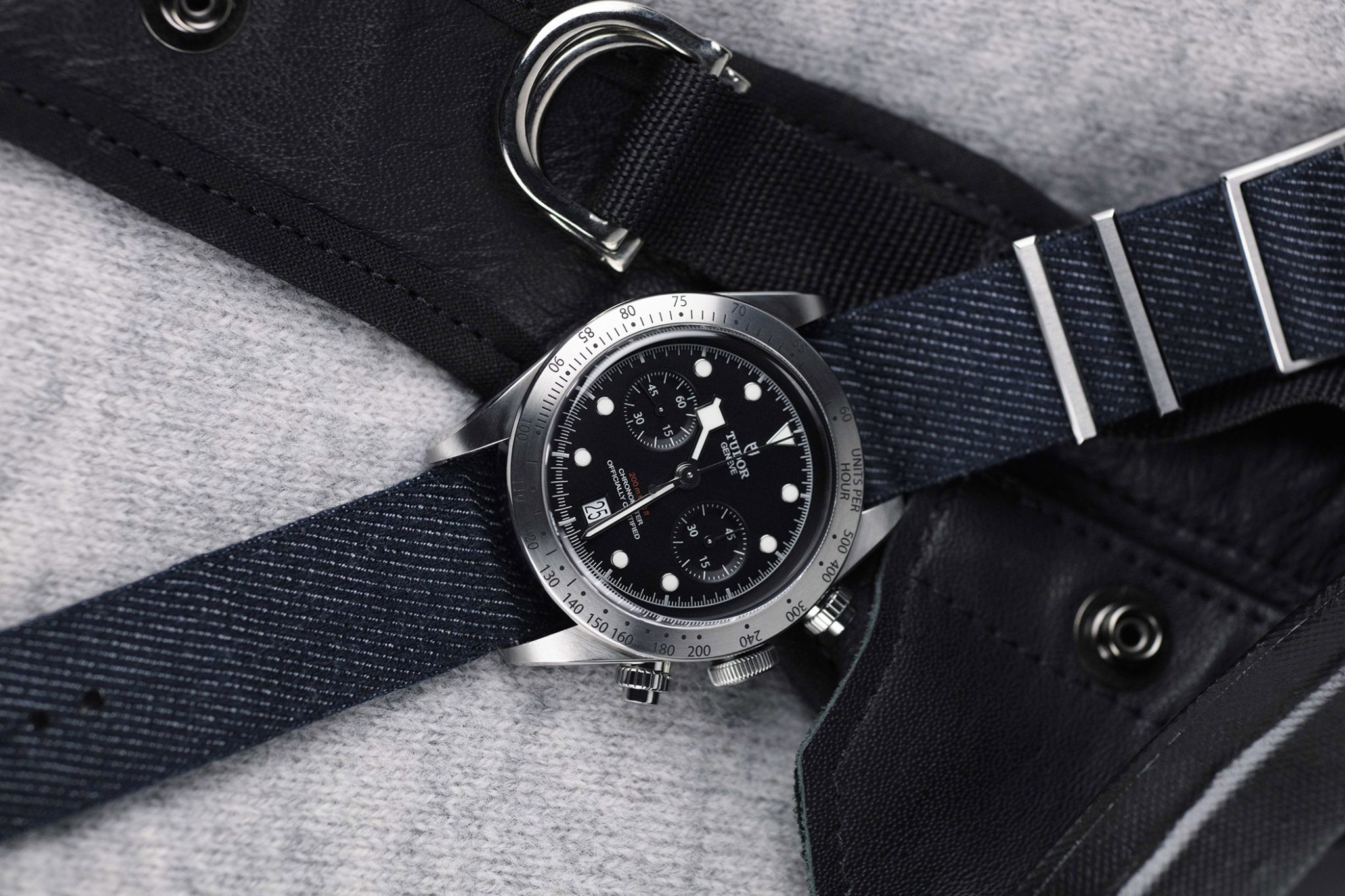
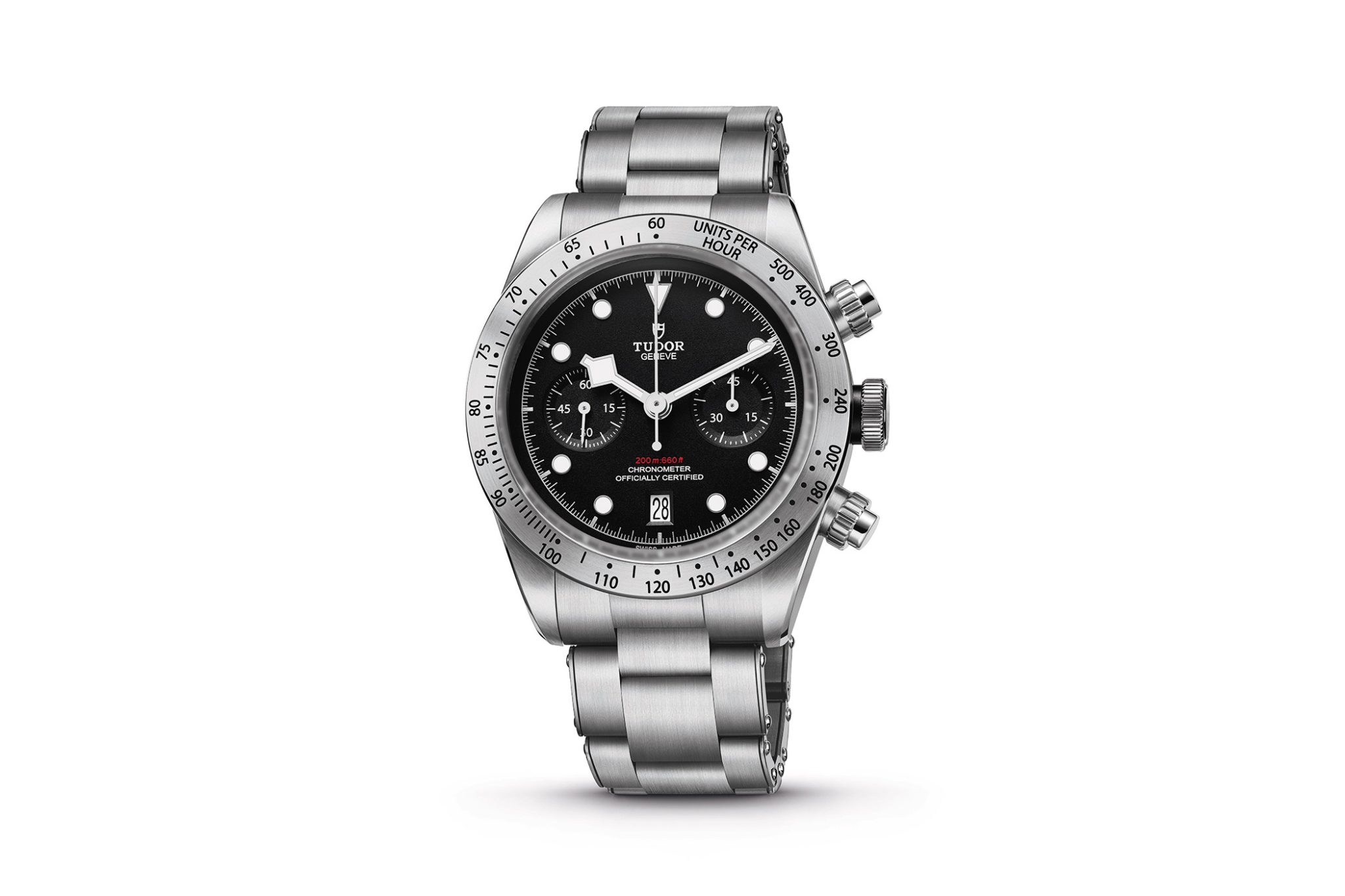
TUDOR Black Bay Chrono Ref. M79350
Powered by the TUDOR Manufacture Calibre MT5813, deriving from chronograph calibre Breitling 01 with a high-precision regulating organ developed by TUDOR and dedicated finishes. The 41 mm stainless-steel watch with TUDOR’s recognizable snowflake hands offered a strong 70-hour power reserve, and, of course, the 45-minute subdial counter. It was an instant hit.
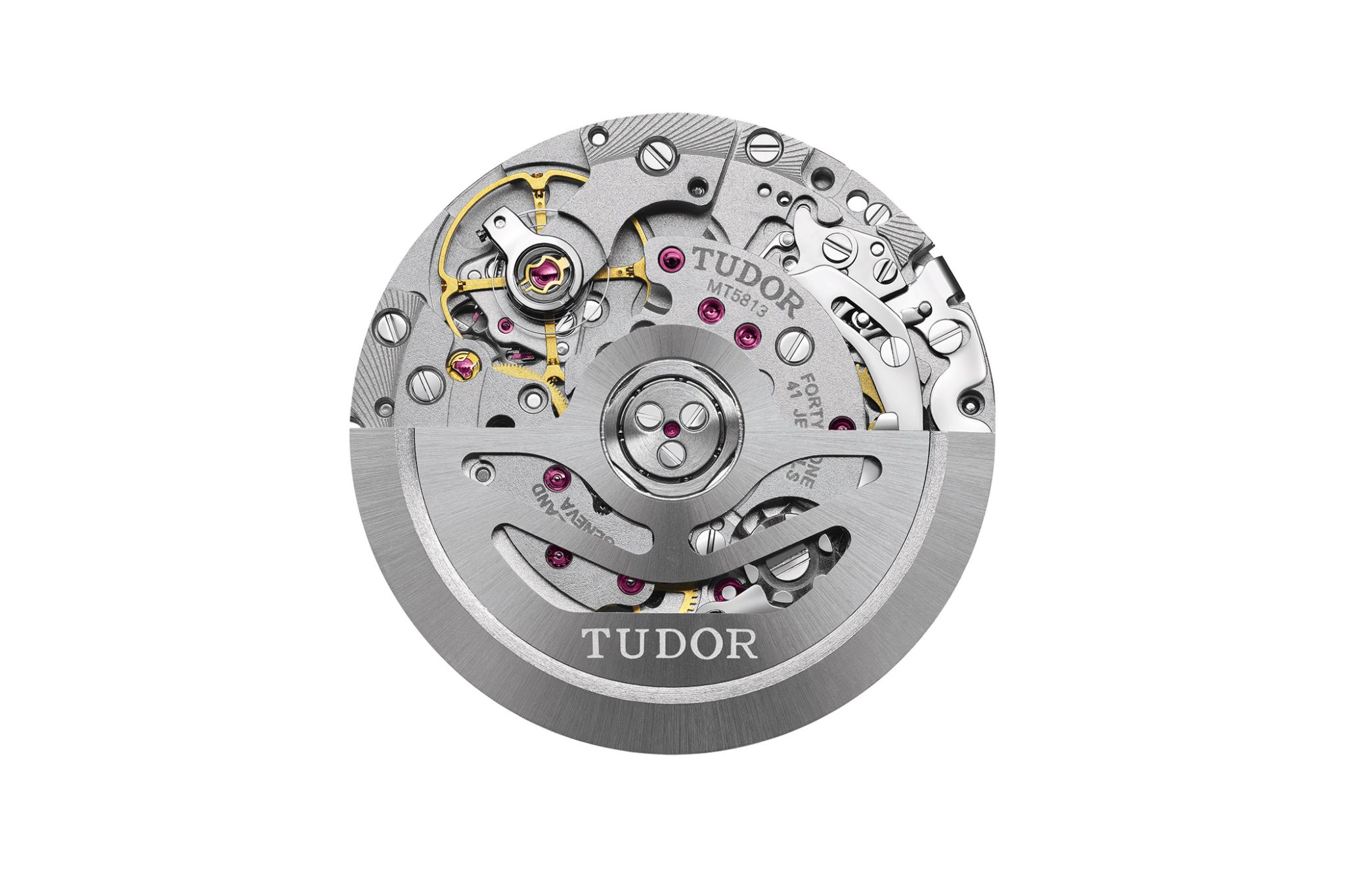
TUDOR Manufacture Calibre MT 5813
2019 – Black Bay’s enduring appeal
Bringing us up to (almost) the present, we end our TUDOR chronograph journey with the Black Bay watches. We start with the bicolour Black Bay Chrono in steel and gold. Ultimately, gold is the star of the show on the model, from the shining pushers and gold-capped crown to the detailing on the bezel’s tachymeter scale.
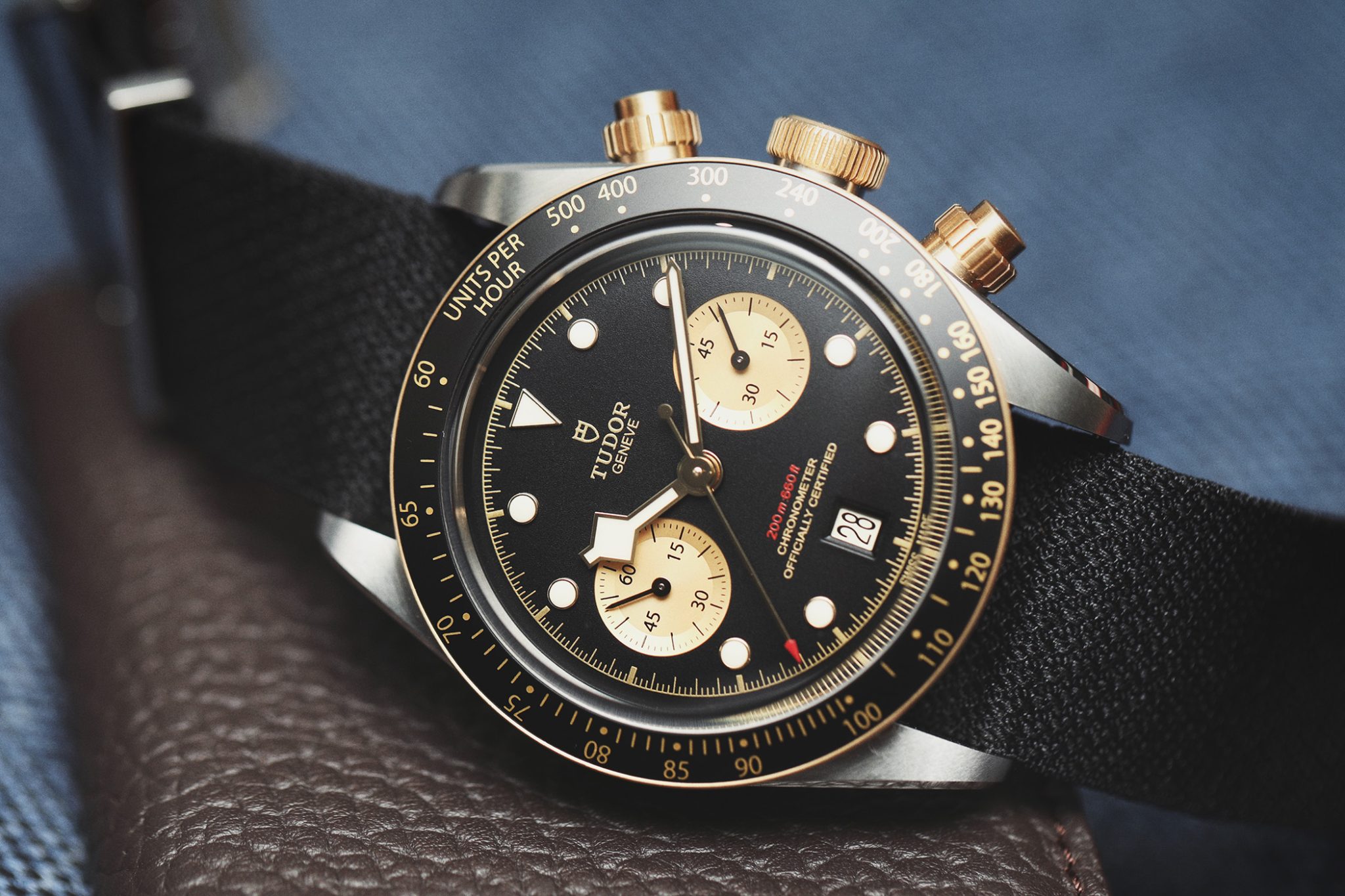
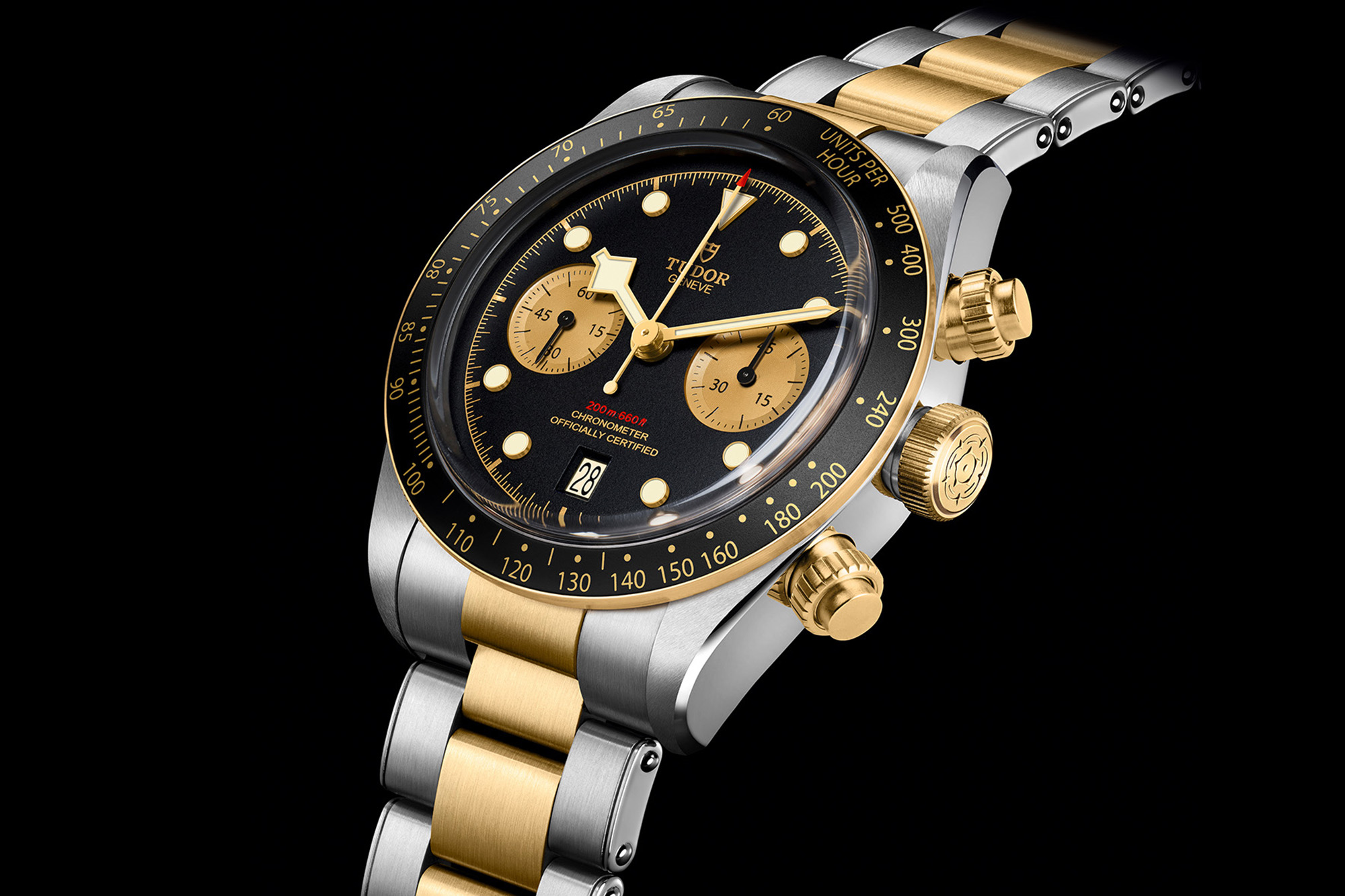
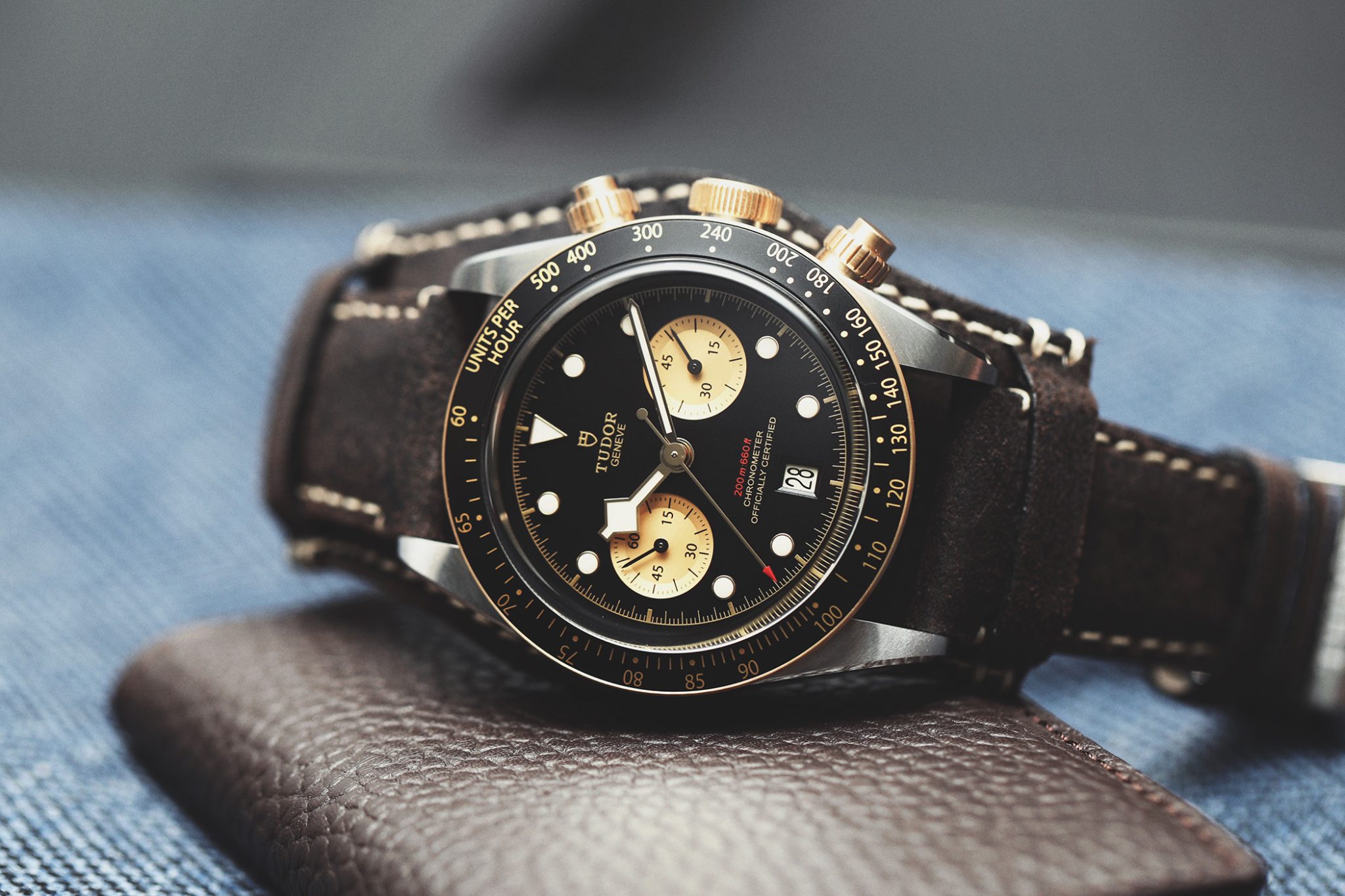
TUDOR Black Bay Chrono S&G Ref. M79363N. on a brown leather strap
The chronograph watch is powered by the same dependable calibre as its predecessor (MT5813), which owes its reliability to its silicon balance spring. It is equipped with SuperLumiNova-filled indices and hands, water-resistance to 200m and a bracelet fitted with a folding clasp and safety catch.
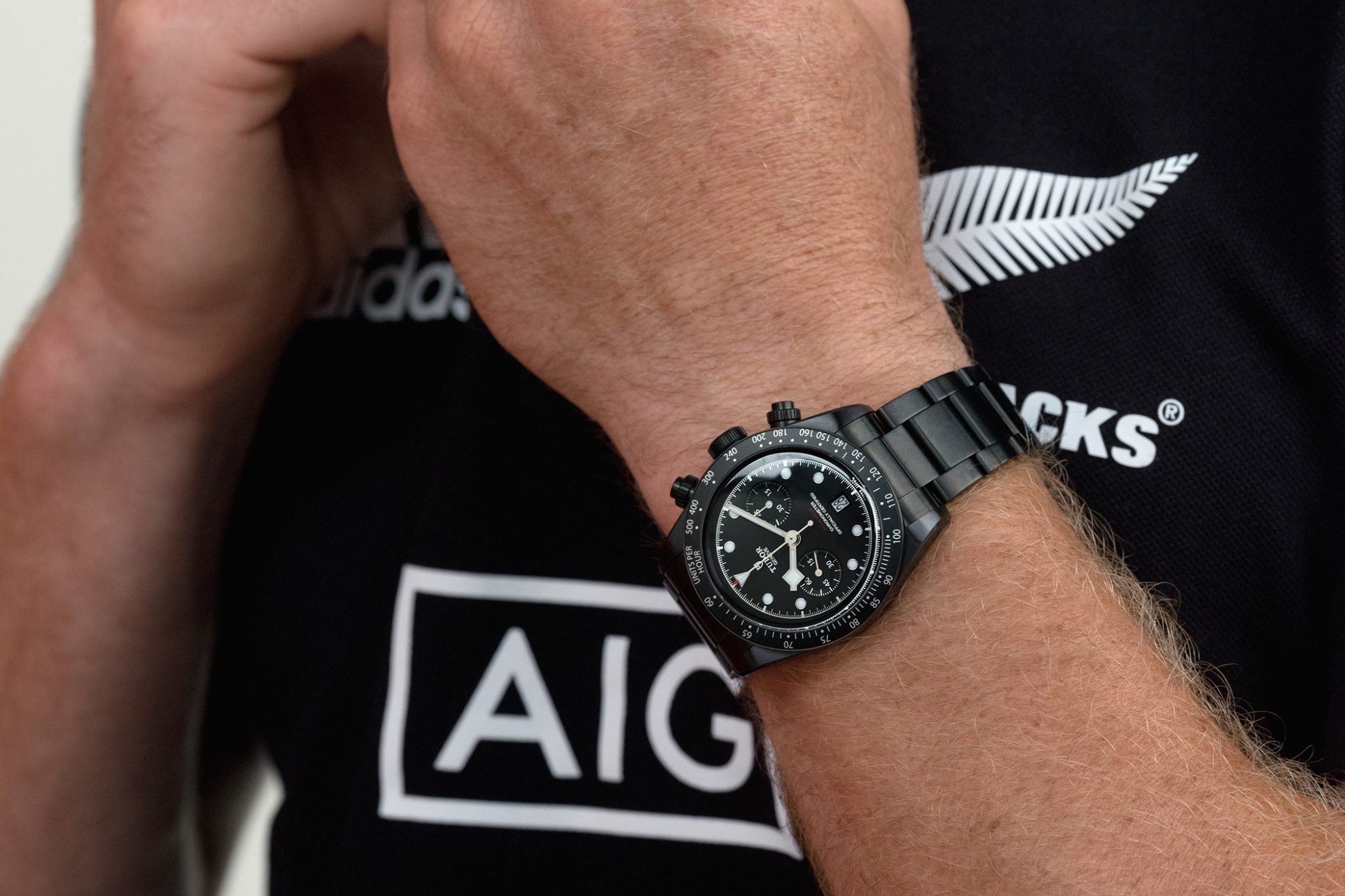
TUDOR Black Bay Chrono Dark on the wrist of ‘All Blacks’ Rugby Player Beauden Barett
On the occasion of last year’s Rugby World Championship and in honor of its partnership with the Rugby national team of New Zealand, TUDOR presented the Black Bay Chrono Dark. The black colour is inspired by the colour of the All Blacks jersey. It is equipped with a characteristic satin-finished steel bracelet with a matt finish and black PVD-coating. It is also powered by the same manufacture calibre MT5813.
So, there we have it. We can only wonder what awaits us in the future.
